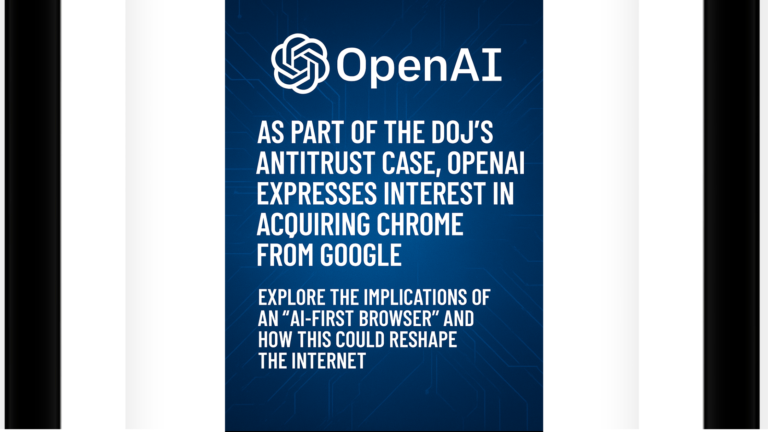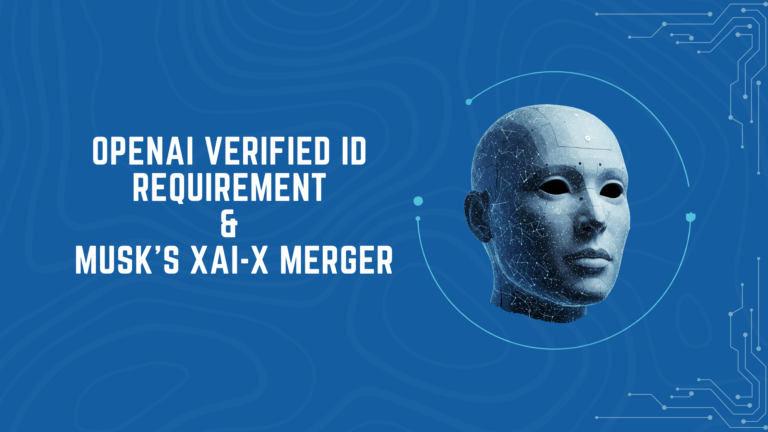Google AI Ad Fraud Suspension Hits 39 Million Accounts in 2024, Ushering in a New Era of Ad Safety
Google AI ad fraud suspension led to over 39 million account bans in 2024, using large language models to fight impersonation, scams, and policy violations. Discover how AI is transforming ad safety and digital trust.
Table of Contents
Signaling New Era of Ad Safety (Google AI ad fraud suspension)
In a sweeping move to combat digital advertising abuse, Google has revealed that it suspended a record-breaking 39.2 million advertiser accounts in 2024 — more than triple the number from 2023.
This unprecedented crackdown is powered by large language models (LLMs) and advanced AI-driven enforcement systems, signaling a paradigm shift in how the tech giant is addressing ad fraud and platform safety.
Google AI ad fraud suspension report details the deployment of over 50 AI and LLM enhancements, a revamped team of cross-functional experts, and stricter policies to battle malicious activities like business impersonation, deepfake scams, and misrepresentation.
A Massive Crackdown: 39.2 Million Ad Accounts Suspended
Google’s Ads Safety General Manager Alex Rodriguez shared during a media briefing that their AI-first approach helped prevent fraudulent accounts from even launching a single ad campaign. The company detected suspicious activities through signals such as:
- Fake payment details
- Misuse of trademarks
- Business impersonation
- Scam-related behaviors
By acting preemptively, the system blocked malicious actors at scale, resulting in 39.2 million ad account suspensions — with 5 million tied specifically to scam-related violations.
AI + Human Oversight: A Hybrid Model for Enforcement
Despite the efficiency of AI models, Google emphasized that human oversight remains a vital component of its enforcement process. A dedicated team of over 100 experts from Google’s Ads Safety, Trust & Safety division, and DeepMind collaborated to study deepfake scams and public figure impersonations. Their research directly informed new countermeasures.
“While these AI models are very, very important to us and have delivered a series of impressive improvements, we still have humans involved throughout the process,” said Rodriguez.
This hybrid approach ensures accuracy, fairness, and transparency, especially for advertisers who wish to appeal account suspensions or ad takedowns.

 Top Offenders: The U.S. and India Lead in Suspensions
Top Offenders: The U.S. and India Lead in Suspensions
According to the Google AI ad fraud suspension data:
- United States: 39.2 million account suspensions, 1.8 billion ads removed
- India: 2.9 million account suspensions, 247.4 million ads removed
The top five policy violations in India included:
- Financial services fraud
- Trademark misuse
- Ad network abuse
- Personalized ad violations
- Gambling and gaming promotions
This marks India as the second-highest violator globally, underscoring the need for more aggressive ad fraud monitoring in rapidly digitizing economies.
LLMs + Safety: A New Age of AI Enforcement

The backbone of Google’s success in 2024 was its deployment of Large Language Models (LLMs). These models analyze behavioral and contextual signals across Google’s vast ecosystem to detect fraudulent intentions before any damage is done.
Key AI Safety Highlights:
- Over 50 LLM-based enhancements rolled out
- Detection of deepfake scams and impersonation ads
- Over 30 new ad and publisher policy updates
- A 90% drop in deepfake ad complaints
With real-time monitoring, LLMs can recognize subtle patterns, such as the reappearance of previously banned advertisers or new accounts mimicking known brands — long before human moderators could intervene manually.
Major Policy Updates: Transparency and Accountability
One of the key concerns among advertisers has been lack of clarity around Google’s ad enforcement decisions. In response, Google implemented significant updates in 2024:
- Simplified explanations for account suspensions
- Improved policy documentation
- Faster human-reviewed appeals
“Some of our messaging wasn’t as clear… we updated a bunch of our policies and transparency capabilities,” Rodriguez admitted.
These efforts help rebuild trust with legitimate advertisers who may be mistakenly flagged while enhancing the system’s ability to weed out bad actors.
Key Numbers: A Year in Review
| Category | 2023 Numbers | 2024 Numbers |
|---|---|---|
| Advertiser Accounts Suspended | ~12 million | 39.2 million |
| Ads Blocked | 5.5 billion | 5.1 billion |
| Ads Removed | 1.3 billion | 1.8 billion |
| Publisher Pages Removed | 2.1 billion | 1.3 billion |
| Restricted Ads | ~8 billion | 9.1 billion |
| Verified Election Advertisers | Not reported | 8,900+ |
| Election Ads Removed | Not reported | 10.7 million |
These figures showcase not only the scale of Google’s enforcement efforts but also the increasing complexity of threats it faces in the ad ecosystem.

Election Ad Security: 2024’s Global Test
With half the world’s population heading to the polls in 2024, Google stepped up its election ad verification. Over 8,900 new advertisers were verified, and 10.7 million election-related ads were removed for Google AI ad fraud suspension violations.
Despite the significant removals, Google noted that election ads form a small fraction of overall ad traffic and therefore don’t heavily impact general ad safety metrics.
Balancing Safety with Fairness
While large-scale suspensions are necessary, they often raise questions of fairness and false positives. Google’s approach now includes:
- Human-reviewed appeals
- Clear documentation of violations
- Educational resources for policy compliance
Advertisers now have a better understanding of what went wrong and how to rectify it, helping legitimate businesses stay on the platform without compromising safety.
AI’s Evolving Role in Ad Safety
Google’s 2024 crackdown demonstrates how AI is becoming the first line of defense against increasingly sophisticated ad fraud schemes. With LLMs analyzing billions of data points in real time, Google can act decisively — even before malicious ads go live.
However, the company also acknowledges the importance of transparency and human oversight, especially as AI enforcement systems become more autonomous.
“Our goal is to ensure a safe advertising ecosystem while supporting responsible advertisers,” said Rodriguez.
What’s Next in 2025?
As Google AI ad fraud suspension continues refining its AI enforcement tools, expect:
- Greater use of real-time threat detection
- More regional partnerships with regulatory agencies
- Continued policy expansion and ad account verification
- Rising focus on deepfake detection and impersonation fraud
The takeaway is clear: as Google AI ad fraud suspension tactics evolve, so must the tools, policies, and principles used to fight them.
Conclusion
Google AI ad fraud suspension of over 39 million ad accounts in 2024 marks a historic moment in digital ad safety. Leveraging the power of AI — particularly LLMs — the company has made impressive strides in preventing fraud, impersonation, and scams before they can cause damage.
But with such power comes responsibility. Google’s dual focus on machine intelligence and human fairness signals a strong, balanced approach to tackling one of the web’s most persistent problems.
As we move into 2025, all eyes will be on how Google, regulators, and advertisers adapt to an AI-driven ad ecosystem that promises both incredible opportunity and serious risk.






